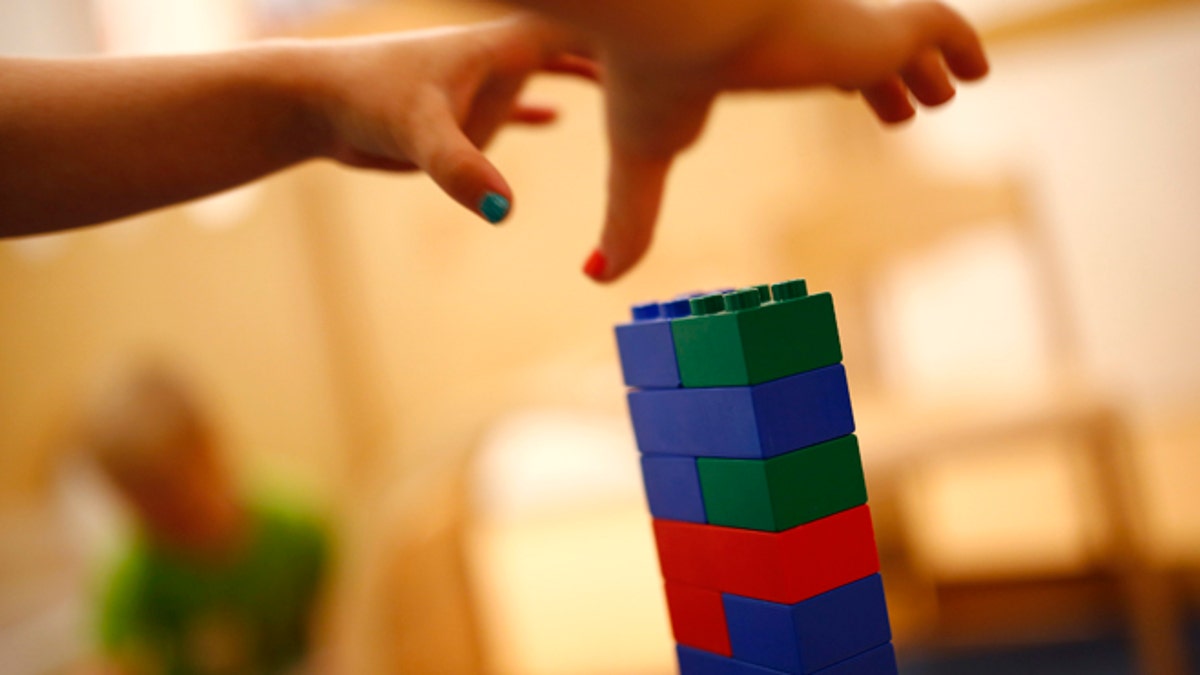
(Reuters)
A number of years ago, when my children were still quite small, we sat down to watch a video that had just arrived at our home from World Vision, a Christian relief and development organization we supported.
It’s not easy to get mom, dad and all five children sitting down in the same place at the same time, but we had accomplished the near impossible when all of a sudden, our 8-year-old son jumped up and yelled, “Wait a minute!”
Not clear what was happening, we watched as he ran from the room only to return a few minutes later clutching his piggy bank.
“I want to be ready,” he declared. Ready for what? Ready to respond to the needs he saw on the screen with his own, hard-earned allowance.
[pullquote]
He knew from past viewings of this kind of video, that he would soon be ushered into a world where children and their families live on less than a dollar a day, where they walk for miles each morning to a contaminated water source to draw the family’s daily supply, where hunger and illness are simply a way of life. And his tender, 8-year-old heart wanted to do something about what he saw on the screen.
My husband now works for World Vision, and over the years we have come to discover that scenes like this is are not uncommon in households across America where children are responding to the world around them with kindness and generosity.
A little girl in California, reacting to what she saw on the nightly news about the earthquake in Haiti, asked her friends to forgo bringing gifts to her birthday party, and instead, to make a donation to World Vision.
A group of students in Alabama sold homemade Christmas cards so that they could buy a goat for a child in need in Rwanda.
And in Slidell, Louisiana, children who had received help after Hurricane Katrina, in turn, collected their snack money to help children in need in other parts of the world.
It may be hard to make the case that the toddler who screams “Mine!” every time someone gets close to his favorite toy actually has a natural inclination toward generosity. But it is true that children watch the adults around them and, like sponges, absorb the values they see modeled by their parents.
There is more than a little truth to the old saying that values are caught, not taught. If we want our children to be kind and generous to others, we must demonstrate what that looks like in our homes. (Kids have an uncanny knack for recognizing anything that‘s phony, especially from their parents!)
So, if our goal is to raise children who will become caring, generous adults, they must first see those characteristics lived out in the lives of their parents. Are you kind and generous not only with your money, but with your time and with your words? Are you willing, with a joyful heart, to share what you have with others?
We communicate our values to our children by how we live out our lives, both naturally and spontaneously as well as diligently and with planning and effort.
Use the opportunities that arise in your daily life to demonstrate what it means to be generous to others: lending a hand to an elderly neighbor in need, speaking a kind word to a person we meet on the street, responding with compassion to the world we are confronted with on the nightly news.
Sign your family up to become regular volunteers in a soup kitchen, befriend a resident at the local nursing home. Encourage tithing by helping your child set aside a part of each week’s allowance to help the needy through your local church or a favorite charity.
Be mindful not to pass on to your children a sense of entitlement about what you have and own. Rather, be willing to share with others what God has entrusted to you – your time, your talents, as well as your treasures, and allow your child to see the joy that is yours in giving to others.
Help them be ready, when an opportunity arises, to be generous and willing to share.
